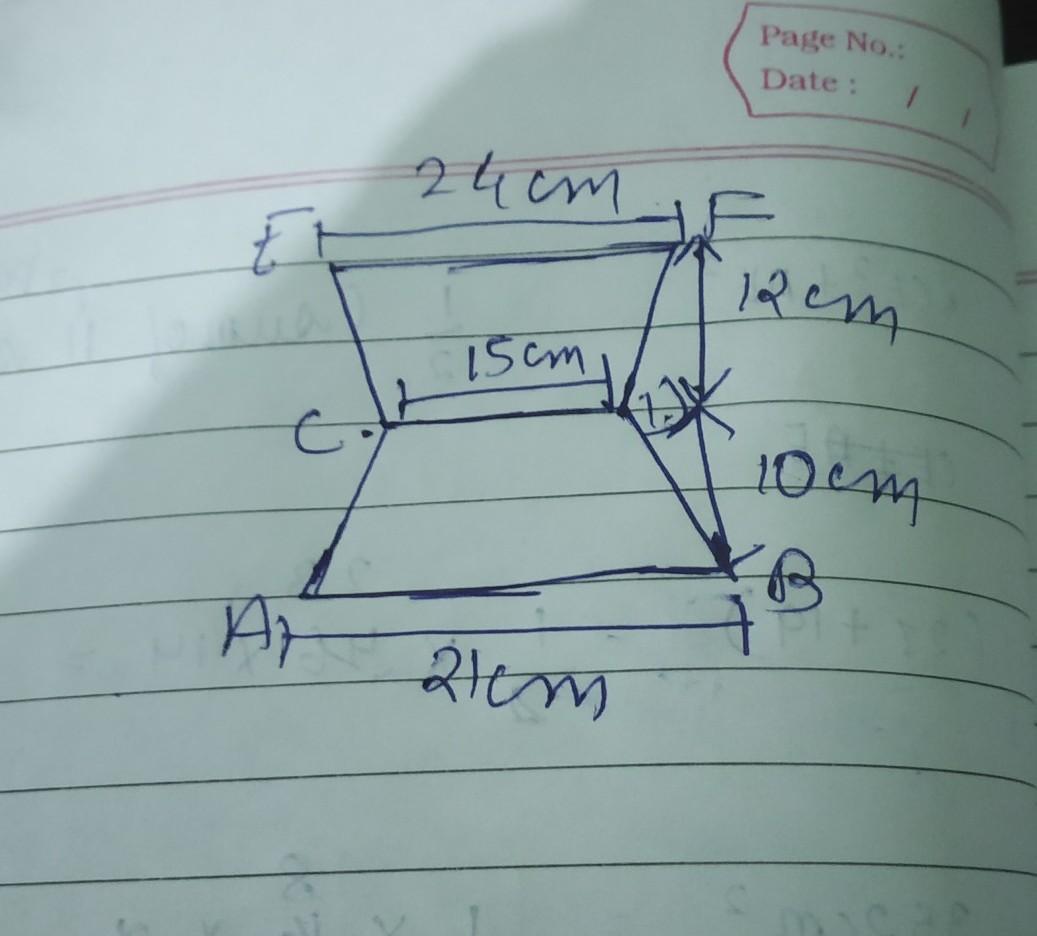pease answer this question

-
Subject:
Political Science -
Author:
jestercochran -
Created:
1 year ago
Answers 1
Answer:
option d because democracy is one of the most accountable government in the world
Explanation:
-
Author:
ladybug24
-
Rate an answer:
8
If you know the answer add it here!
Choose a language and a region
How much to ban the user?
1 hour
1 day
100 years

